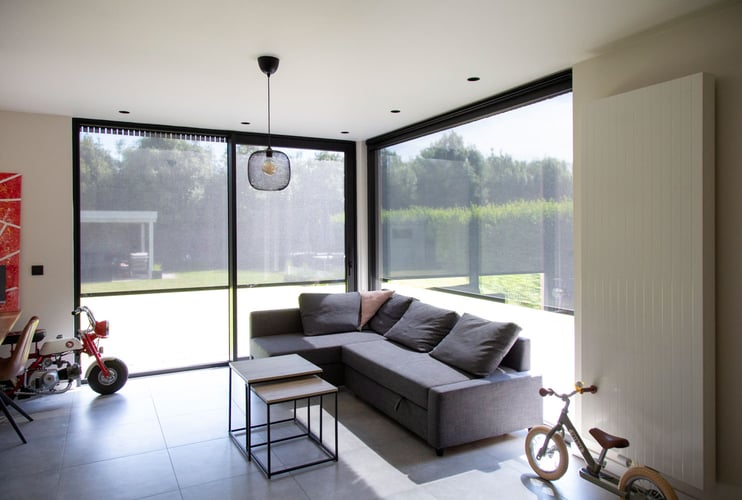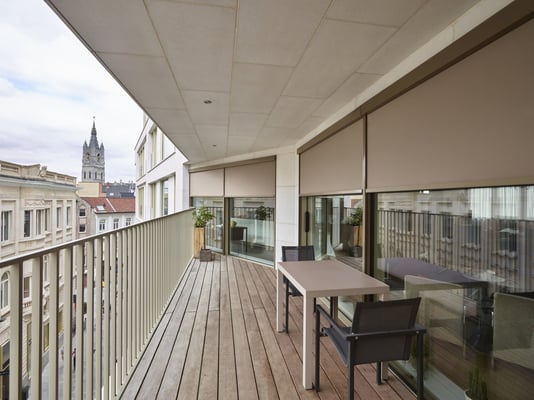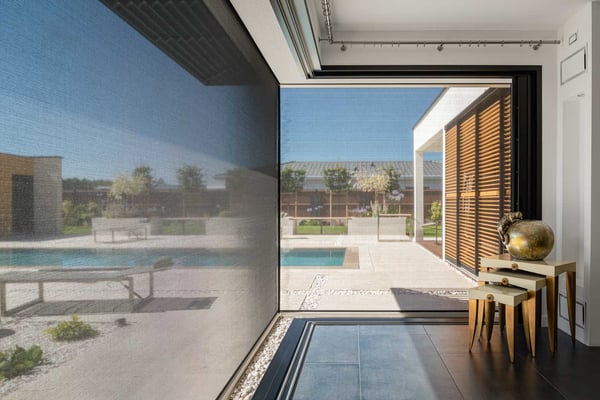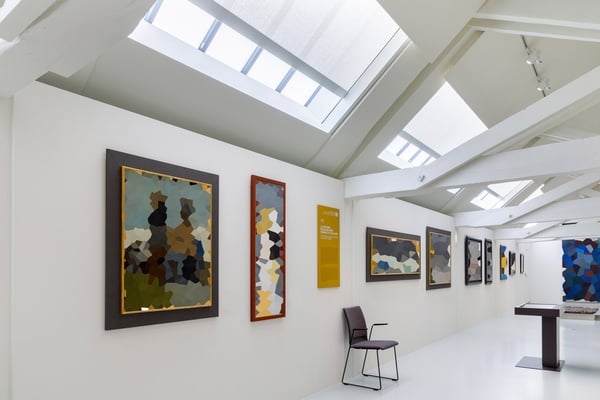With modern housebuilding, the emphasis is on being as energy efficient as possible. Homes need to retain heat where necessary, while staying cool during the sorts of heatwaves we’ve experienced in recent summers. So contemporary homes are designed to be airtight, properly ventilated and with minimal solar gains.
(A solar gain, incidentally, is essentially the rise in temperature in a building due to natural heat from the sun. It refers to shortwave radiation heating inside a building. While this can help with heating your home, you should avoid solar gains in the summer, when they can cause overheating and increase demand for energy for cooling.)
Part O of the building regulations, updated in 2022, is concerned with overheating and limiting solar gain via windows. The first regulation of its kind, it deals with overheating in new residential-type buildings through both prevention and remedy. Homes, including flats, and residential institutions like schools, care homes and student halls are covered by Part O, which doesn’t, however, apply to conservatories or replacement windows added to existing properties.
The regulation encourages structures to be designed and built to limit excess solar gain and encourage the quick removal of extra heat where necessary.
Under the rules, windows and glazing exposed directly to the sun are restricted to a maximum size according to the room’s floor area, the direction in which they face, cross-ventilation (i.e. where windows which open on opposite walls face each other to allow a flow of air), and whether the structure is in a high-risk area (e.g. London), in which case external shading is needed.
How is Part O worked out?
Properties are classed as being at high or moderate risk of overheating. Some suburban and all urban parts of London and certain areas of central Manchester are deemed high-risk locations, other parts of England are typically moderate-risk locations. Table C1 of Part O covers postcodes which are most at risk of overheating, so you can find yours and learn which category you come under.
A building is deemed compliant with Part O via the Simplified Method or Dynamic Thermal Modelling, two ways of calculating overheating, with the former being the most common and usable for both moderate and high-risk sites.
Appendix B of Part O has a checklist you can give to building control inspectors to show you are compliant.
Finally, Part O also provides guidance on how to limit solar gains and remove excess heat.
The Dynamic Thermal Modelling Method
This is aimed at providing greater flexibility than the simplified method. And it’s used where projects are more complex. It’s flexible enough to make calculations on a seasonal or hourly basis.
Equally, in some situations, where windows need to be closed at night for reasons of security, pollution, or protection from falling, noise, the Dynamic Thermal Modelling Method would be used.
Why are external blinds needed?
External blinds reflect the rays of the sun before they have even entered a room, and so stop it from heating up unnecessarily. Indoor blinds, in contrast, absorb heat and reflect it towards the window, making a room hotter.
External blinds have the lowest shading coefficient of any of the available shading systems, reports the Architects’ Journal, so they’re highly effective. Plus they tend to be higher-quality and more durable than their indoor counterparts.
What we offer
Rolshade® by Kensington Systems is the new name for our blinds, continuing a tradition that goes back more than four decades. We provide a superlative service combined with products of exceptional quality to all our commercial, healthcare, education and premium residential clients.
In terms of external blinds, we offer highly effective shading solutions which are Part O-compliant and so reduce or remove the need to look for energy-guzzling cooling methods such as air conditioning. And the line-up includes blinds for rooflights.
Get in touch with us today to learn more, and ask for a free, no-obligation quote.




